No matter whether you are planning a short morning hike or an extended excursion, it is important to meet the energy requirements of your body by packing the right foods. Food is the fuel that will get you going, keep you going and help your body recover after strenuous activity.
You need foods that are lightweight and won’t weigh you down but will still power you through even the most challenging hikes while providing for all your nutritional requirements.
Food Planning for Day Hiking Trips
The best foods for a short day hike are those that are packed full of energy but without the added weight.
Avoid fatty or sugary foods that contain simple carbohydrates. Foods that contain complex carbohydrates and protein release energy slowly to keep you going throughout the day. This will prevent a quick energy surge followed by crashing that leaves you feeling drained and lethargic.
Start the day with a meal packed full of protein to get you going and eat smaller, healthy snacks throughout the day to maintain your energy levels.
Keep the following factors in mind when planning foods for day hiking trips:
- Lasting energy is key. Foods that release energy slowly through-out the day and are rich in nutrients are ideal. Sugary foods provide a quick energy boost for a short period. Proteins, complex carbs and healthy fats are digested slower and therefore release energy through out the day.
- Fresh foods are ideal for shorter day hikes. Fresh fruits and vegetables that are not suitable for extended trips as they are perishable are a good source of complex carbs for day hikes. Cheese on a sandwich made from whole grain bread is ideal for a lunchtime meal.
- Cool foods are a good choice for day hikes. A cold pasta salad, refreshing beverages and perishable foods are cooling and refreshing. A lightweight, gel ice-pack in a small cooler is perfect to keep these types of foods cool all day long.
- Hydration is extremely important while hiking. Drink water before starting your trip and make sure that you have sufficient water to last the entire day. It is preferable not to substitute other beverages with water and to drink even when you don’t feel thirsty. You are losing water through perspiration and respiration even on cold days and ensuring that you stay well hydrated will prevent you from feeling tired and lethargic.
- Take more than you need. Calculate how much food and water you will need to last the entire day and pack a little extra. You may find yourself needing an additional snack or drink during the day as you will be expending a large amount of energy. You may also find that you need something to eat or drink at the end of the day or on your way back home.
Food Planning for Multi-Day Hiking Trips
Choosing compact and lightweight foods for extended or multi-day hikes is crucial. Every ounce of weight in your pack can make a difference when you are covering great distances. Space in your pack is valuable and therefore also an important factor to take into account.
Foods that are filling, provide sufficient energy and have all the essential nutrients to fuel your body throughout the trip are vital for long and challenging hikes. Choose foods that are healthy, compact, lightweight and easy to eat.
Keep the following factors in mind when planning food for an extended backpacking hike:
- It cannot be stressed enough how important it is to choose lightweight and compact foods. Dehydrated or freeze-dried meals are perfect as are other types of dry snacks and foods. You can repackage bulky foods into smaller, zip lock bags to take up less space and reduce their weight. Remember that carrying extra weight will expend more energy increasing your energy and food requirements.
- Pack sufficient food for the entire trip. Calculate how many calories you are likely to burn daily by taking into account your weight, pack weight, distance to be traveled each day and the level of intensity of the hike. You need to pack and eat the same amount of calories that you expend every day in order to maintain your weight. Your body will expend more energy hiking in cold weather in order to regulate body temperature so factor this into your calculations. Always remember to pack a little extra in case of unforeseen events that could leave you on the trail longer than expected or if the hike is more challenging than anticipated.
- Pack all the different food groups so that your body is getting all the essential nutrients that it needs to function optimally. Foods that are high in protein, contain complex carbohydrates and healthy fats are all essential. Carbohydrates that are high in fiber are your main source of energy or calories. Protein is critical to maintaining healthy muscle mass and act as a secondary source of energy. Healthy fats will encourage healthy digestion and absorption of nutrients as well as maintain other important bodily functions.
- Choose foods that have a high calorie to ounce ratio. However, make sure that these foods are also rich in the other essential nutrients that your body needs including vitamins and minerals.
- Meals that are simple to prepare are best. Plan meals that can be cooked in one pot or that are self-heating. Instant meals such as rice, noodles and other dehydrated foods are easy to prepare. After a long day of hiking, you want to expend as little energy as possible preparing a hot meal and even less energy cleaning up afterwards so that you can get to the far more important business of sleeping.
- Pack as few cooking tools and utensils as possible. Remember keeping your pack weight down and getting the greatest value out of a pack space is critical. One small lightweight pot should be more than sufficient to boil water for a hot beverage as well as cook all meals. It can be used as a dish to eat out of too.
- Pack the foods that you enjoy eating. There are so many lightweight and compact food options available on the market that it is recommended to pack the foods that are a delicious treat at the end of a long hike while being nutritious.
How Much Food Do You Need to Pack?
Forget everything that you have read about average daily calorie requirements. They don’t apply to hiking. High-calorie foods are your friend on a multi-day extended hike.
Working out exactly how much you will need depends on a number of different factors:
- The length of the trip
- Your body weight
- The level of intensity of the hike
- The season
- Where you will be sleeping
- How many people will be hiking as a group
On average, a hiker needs between 3000 and 6000 calories a day. That equates to about 1.5 to 2 pounds of food. However, longer trips that are more challenging and colder weather will increase calorie requirements. Your body weight will also play a role in whether you will burn more or less.
Once you have estimated how many calories you will require, you need to divide the total between the amount of meals you will be eating every day.
Calorie Calculator
Minimal Activity (rest days)
Body weight (in lbs) multiplied by (both) 13.5 to 15 calories per pound equals the range of calories that will be used in a day.
Moderate Activity (1 hour of easy hiking, climbing or skiing without a pack)
Body weight (in lbs) multiplied by (both) 16 to 20 calories per pound equals the range of calories that will be used in a day.
High Activity (1 to 2 hours of mildly challenging hiking, climbing or skiing while carrying a pack)
Body weight (in lbs) multiplied by (both) 21 to 25 calories per pound equals the range of calories that will be used in a day.
Extreme Activity (strenuous day of hiking, climbing or skiing with a heavy pack)
Body weight (in lbs) multiplied by (both) 25 to 30 calories per pound equals the range of calories that will be used in a day.
Foods for Short Hikes and Day Trips
If you are going to take perishable foods (fruit, vegetables, dairy, cold meats, etc.), make sure to take an ice pack to keep them chilled below 40°F. The more food you take, the heavier your pack and the more difficult it is going to be to hike.
It is recommended to stick with lightweight, non-perishable foods that have a high nutritional value including:
- Trail Mix
- Whole nuts and seeds or nut-based bars
- Fresh fruit that doesn’t require chilling such as bananas, apples and oranges
- Dry fruit or freeze-dried fruit and vegetables
- Energy gums, chews, gels or bars
- Granola mix or bars
- Prepared tuna salad pouches
- Whole grain tortillas
- Beef, chicken or salmon jerky that is shelf-stable
Foods for Multi-Day Hikes or Camping
It is far more challenging to pack food for more than one or two days of hiking. You can eat perishable food on your first day as long as it is kept below 40°F in a cooler with an ice-pack. From the second day, you will need to plan your meals carefully according to what you need and enjoy.
The following shelf-stable foods are easy to prepare are ideal for hiking and camping trips:
- All the foods mentioned above for day hiking trips.
- Cereal that is ready-to-eat.
- Pureed fruit and vegetable pouches.
- Cans or pouches of fish, poultry or meat.
- Individual ketchup, mustard, mayo and other condiment sachets.
- Rice mix, wholegrain pasta, couscous, pancake mix, instant hot cereal/porridge/oats, powdered soup packets and dehydrated food that can be boiled in drinkable water.
- Bottled water and powdered energy beverage mixes.
Remember the Correct Food Safety Practices
Remember to follow safe food practices from your packing to your plating. Perishable items shouldn’t be exposed to temperatures that exceed 90°F or higher for over an hour, or 2 hours in milder weather. Otherwise, your food may start becoming unsafe to consume.
Bring along this list of food safety items:
- Plates and bowls
- Biodegradable soap, hand sanitizer, or disposable wipes
- Can opener
- Cooking and eating utensils
- Trash bags
- Ice packs
- Cooking pot or kettle
- Water purification tablets or water filters
- Thermometer for cooked meat when applicable
Here are a few safety rules to follow:
- Wash your hands often, before as well as after eating. You can also use hand sanitizer when it is not possible to clean your hands with soap and water. Make sure the sanitizer contains a minimum of 60% alcohol to help reduce germs and bacteria.
- Keep ready-to-eat and raw meats separate. Use one plate for your prepared foods and one plate for your raw meats.
- Cook your food to the correct temperature. You can use a thermometer made for food to make sure your meal has reached the right internal temperature.
- When you can, refrigerate your food as soon as possible below 40°F. If you are not traveling with a fridge, store your perishables and raw poultry and meat with ice packs or ice in an insulated cooler, that keeps the temperature under 40°F. If you have leftovers store them in clean and covered containers inside the cooler. Make sure your cooler is kept in a cool space.
Considerations to Keep in Mind When You Choose Food
Pre-made meals, energy bars, and trail mix might sound like a healthy balance of food choices. Yet it’s actually more complicated than that. Packing for your hiking trip is similar to working out a complicated math equation.
Here is our helpful guide to help you make the correct food choices for your upcoming hiking trip:
Food Storage
Storing your food properly is vital when you are out in the wilderness. For example, animals like bears that have learned to link humans to food will often end up needing to be caught and killed. So make sure you have your food stored correctly when you are out in the backcountry.
Caloric Density
You also need to think about the caloric density of your backpacking food options to ensure you pack as light as possible. The high-fat foods which include chocolate, peanut butter, nuts, and olive oil have a higher calorie-per-ounce ratio. In comparison, fresh vegetables and fruits have a lower calorie-per-ounce ratio. You should be looking at about 120-130 calories-per-ounce.
Volume of the Food
Some foods will obviously take up more space inside your backpack when compared to other food items that contain similar calories might (think about almonds vs bagels). This might not matter much for a short trip, yet for a long journey, especially when you need bear canisters, you need to think carefully about the space the food items are going to occupy.
Nutrition
Now that you have thought about staying hydrated and about your calorie input, the next concern is your nutrition. This may seem confusing but you will thank us later.
Nutritious foods will help you maintain your energy levels. I have heard of many backpackers that were forced to cut their journey short due to not getting enough nutrition to sustain them through the trip.
So you might be wondering what your body needs? You need a healthy balance of the right nutrients. Backpacker offers a helpful guide when it comes down to breaking nutrition down into 5 categories to help you understand this. We suggest that a diet should consist of:
- 20% Protein
- 50% Complex Carbohydrates
- 30-40% Unsaturated Fats
- Antioxidants (Vitamins C and E)
- Sugars: Small Amounts To Give You Short Bursts Of Energy
Similar to your daily diet, your body requires a healthy balance of complex carbohydrates to provide you with sustained energy, protein to assist with recovery, healthy fats that give your body fuel, antioxidants to maintain health, and simple sugars for short energy boosts.
The correct nutrition is often a challenging task since convenience often takes over. But you should compare your body to a car and the food that you eat provides your body with the fuel it needs. When you eat properly your body rewards you by giving you more energy.
Convenience
After a long hike, you may not feel up to preparing and extravagant meal. You probably also won’t feel like cleaning piles of dishes once you are done eating. We suggest trying to keep things simple. For a dinner think about meals that involve just adding water, and for your breakfasts, eat snacks and bars with hot coffee.
Shelf-Life
I prefer eating freshly made food. Yet when you are backpacking fresh food just doesn’t last. While your food may last a day, if your journey involves a multi-day trip, you will need food items that offer a shelf life that is longer.
When you go hiking, pack food items that will last for the duration of your trip, and try to avoid perishables. Dehydrated foods, dried goods, and powdered or freeze-dried foods like soups or mashed potatoes work well.
You can also think about certain types of cheese and dried meats. Dry-cured meat and hard cheeses keep well without refrigeration. Think about dry salami and an aged gouda. Leave the burger patties and soft cheeses for home.
Forget about canned goods. They might preserve very well, yet they are bulky and do not pack well. This will also add weight to your pack, and you will be forced to carry the empty cans around once you are done.
Access to Water
If you need water to cook your meals, you either need to pack enough water for dry camps or camp close to a safe water source. If you are backpacking in areas where the water is scarce, plan accordingly.
Fuel
Many of the backcountry meals usually mean you need some type of stove to cook on. Think about how often you will be using the stove (include tea and coffee). This will give you an idea of the amount of fuel you will need for the trip. The rate of fuel usage will depend on the pot size, the stove type, temperature, and elevation.
Knowing how much fuel to bring with will require experimenting with the stove or experience. On a typical 2-person, 5-day backpacking trip you can expect to boil water around 10 times (on each morning and each evening). One 100g isobutane canister should be enough.
Cost
Expect to pay more for convenience when it comes to backpacking food. The freeze-dried meals usually cost about $7 to $12 each, yet they are convenient, tasty, and you don’t have to clean up afterward.
Meal Tips for Backpacking
Repackaging Food
You should repackage all your food items into sealed bags (Ziplocks) to lower bulk. If you are unable to close food packages securely, they might explode or spill in your backpack.
Condiments and Spices
Eating the same meals every day over a period of 5 days might drive you crazy. Small packets of olive oil, pepper, salt, hot sauce, or any other condiment packet (relish, mustard, mayo, etc) can help to enhance your meals.
Fresh Food Items
We always suggest bringing along a few fresh items like oranges or apples for your hike. Fresh fruit might have a low calorie-per-ounce ratio, yet they are a fantastic treat when you are in the wilderness and they add a healthy nutritional value. Snap peas or carrots are also a healthy snack that can last up to 2 days when the temperatures are mild.
Stay away from Canned Food
Canned food is heavy and they do not contain enough calories. They also create bulk that you have to carry around for the rest of your trip.
Diy Dehydrated Meals
If you feel up to it, it is a great idea to create your own dehydrated snacks or trail meals. A food dehydrator works well to quickly remove moisture out of veggies, meats, and fruits, leaving you with fantastic DIY trail grub.
Hot Beverages
Soups and hot drinks are nice when the weather is cold, especially when you are finding it difficult to keep your hydration levels up. Sipping on hot cocoa, cider or tea is a great way to spend time around the fire when temperatures start to plummet.
Alcohol
In general, it is not a good idea to consume alcohol just before you go to bed. It disrupts your normal sleep cycle, and you will probably need to go to the bathroom more often over the course of the night. At the same time, wine and whiskey are good options for most of the trips, particularly when you are hiking with a group of friends. Carry lightweight and trusty containers.
Leave No Trace
We really love nature. This is probably why you are reading over this post. We urge you to never leave your trash behind or any food items you haven’t eaten. This means packing out items like apple cores, orange rinds, and your coffee grinds. Always look over a lunch spot or campsite before you carry on hiking and if you do see any trash along the way pick-it-up when you can.
We hope you enjoy your next backpacking trip!
- 15 Best Free Online Virtual Summer Camps for Kids (2022) - July 6, 2021
- Expert Roundup: Advice to Mitigate the Effects of Coronavirus - March 22, 2021
- Best Gifts for Travelers - January 15, 2021
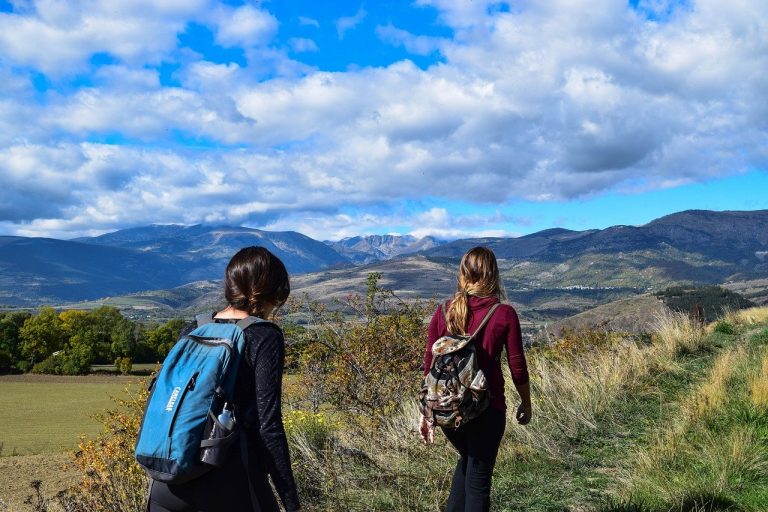

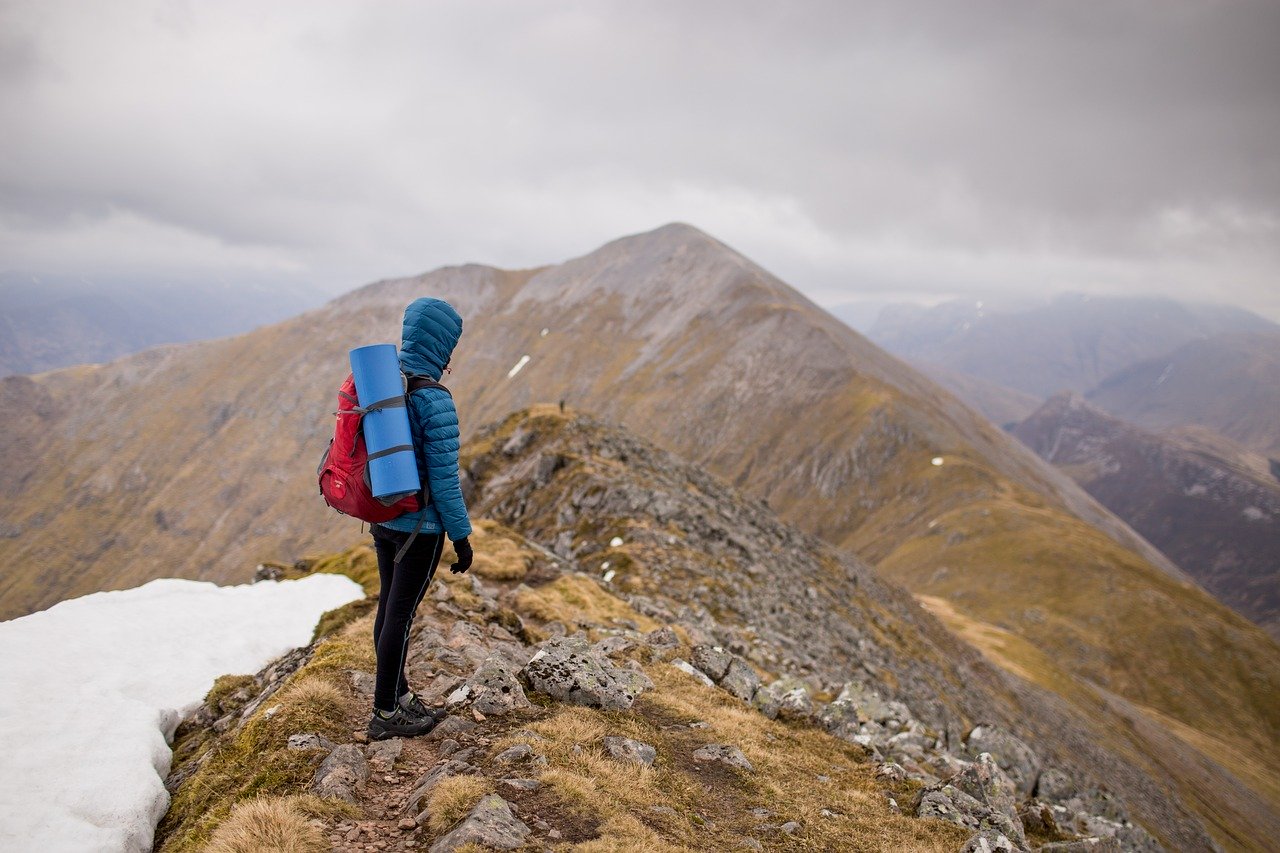
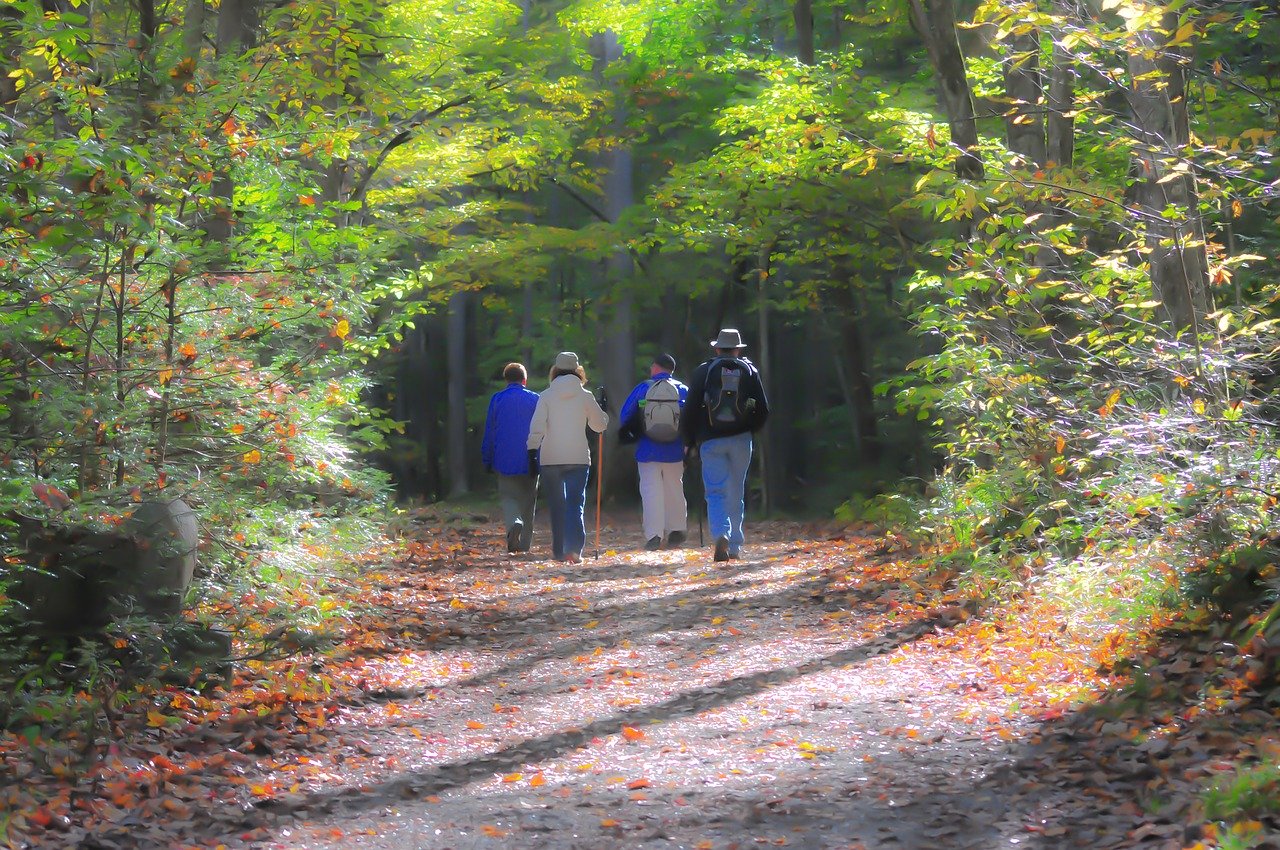
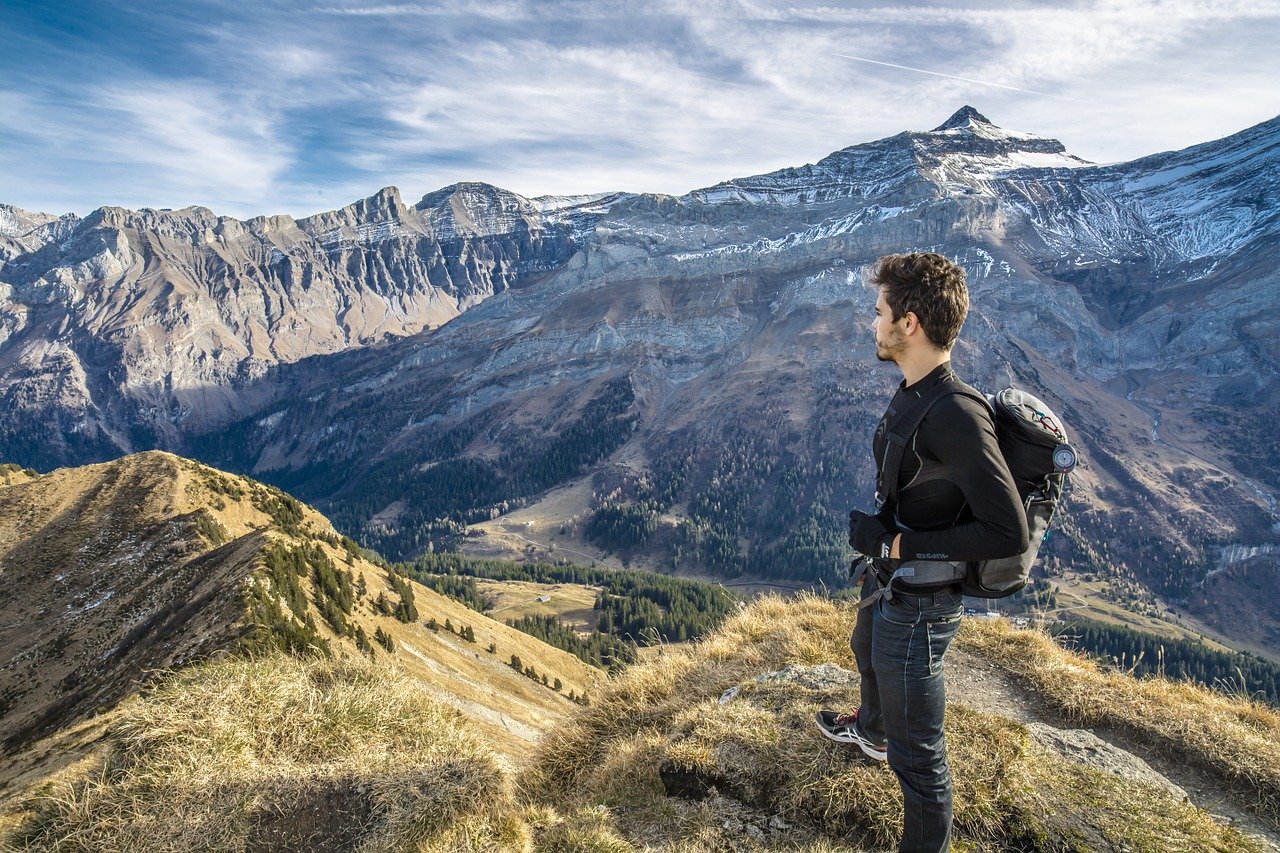
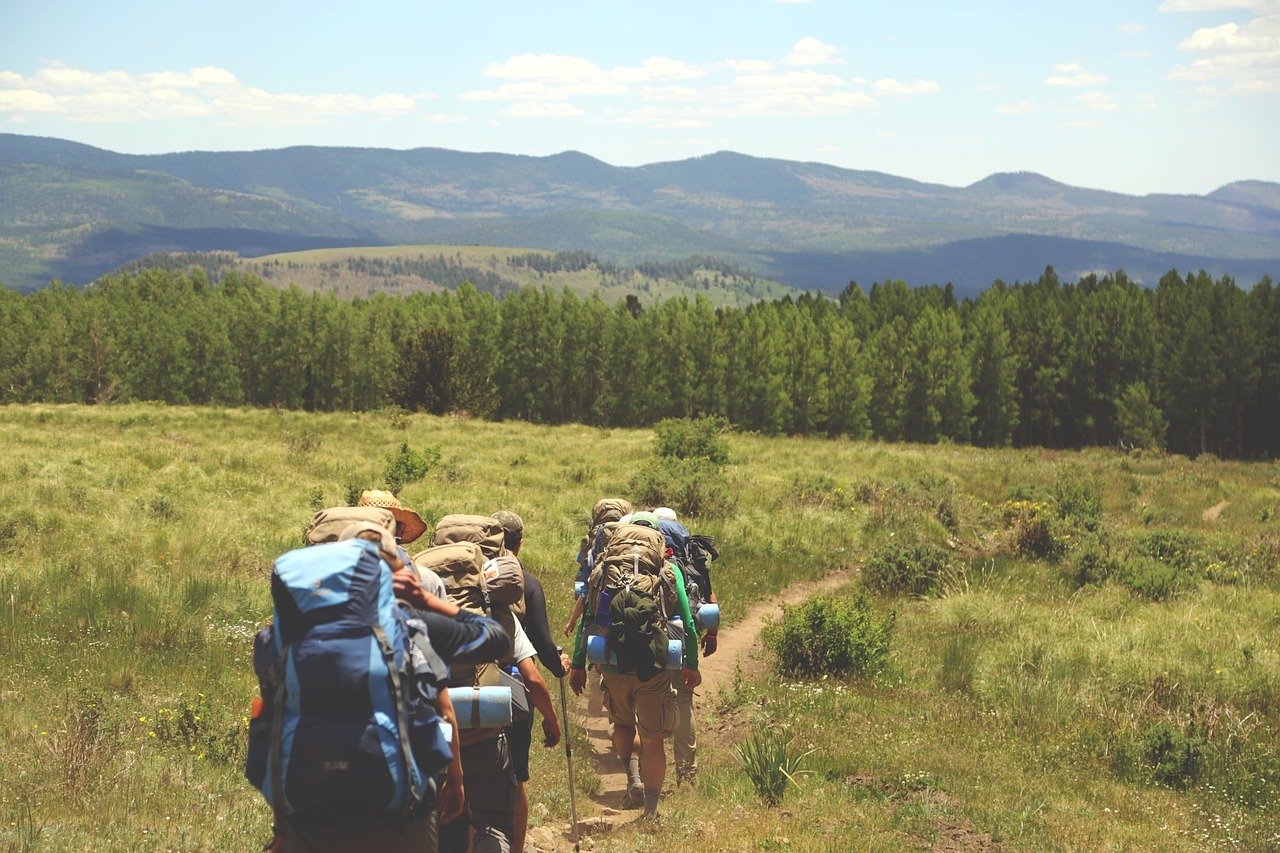
Great article!